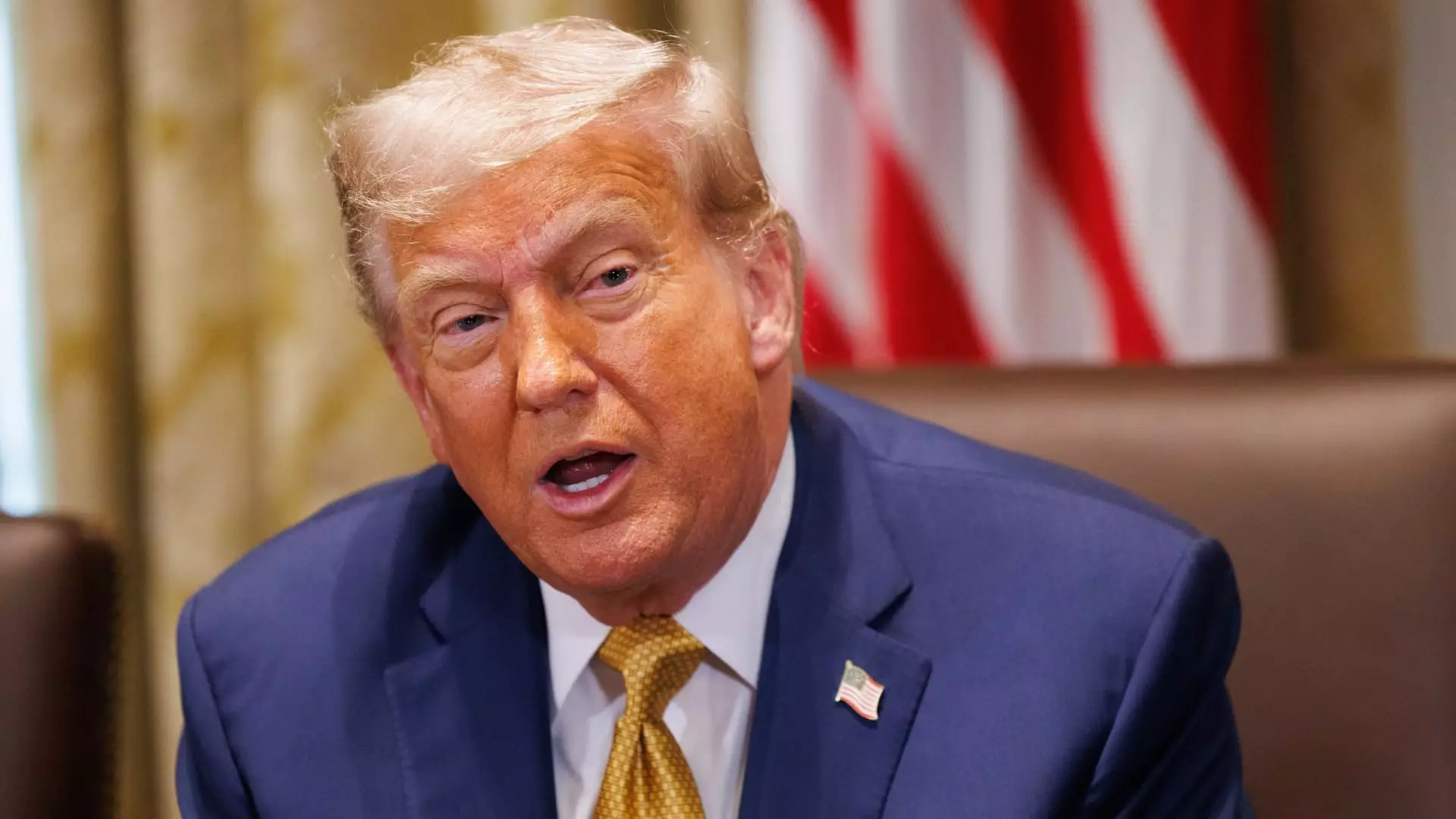In recent weeks, President Donald Trump has reignited his rhetoric on tariffs, proposing a staggering 200% import tax on pharmaceuticals. While on the surface, this might appear as a bold move to bolster American manufacturing and safeguard health sovereignty, the reality reveals a more complex and arguably detrimental picture. Such aggressive tariff threats exemplify a superficial approach to economic revitalization that overlooks the nuanced dynamics of global trade, supply chains, and innovation. The promise to shield national interests through punitive tariffs relies on the assumption that tariffs alone can restore manufacturing dominance, but history and economic theory suggest otherwise — protectionism often results in higher costs, less innovation, and diminished global competitiveness.
The Shortcomings of High Tariff Strategies
Implementing a 200% tariff on pharmaceuticals might seem like a surefire way to force drug companies to “bring jobs back home,” yet the consequences are multifaceted and pervasively negative. First, the immediate effect is the escalation of costs, which inevitably trickle down to consumers and healthcare providers. Patients increasingly face higher prices, a dilemma in a nation already struggling with healthcare affordability. Second, such tariffs disrupt existing supply chains, potentially delaying critical medications and dampening medical innovation. Pharmaceutical R&D is a delicate, costly process that requires a stable, predictable environment—tariffs breed uncertainty, discouraging investment rather than encouraging it.
Moreover, the industry’s response to tariffs—by shifting some manufacturing back to the U.S.—is often misinterpreted as a sign of success. But this transition does not occur overnight, nor does it compensate for decades of offshoring. The economic shift involves complex logistical, regulatory, and infrastructural challenges that tariffs cannot address alone. Furthermore, many drug companies have already begun diversifying their investments and manufacturing bases, aiming to combine global efficiency with domestic resilience—tariffs, if anything, jeopardize these strategic moves rather than enhance them.
The Political and Economic Risks of Tariffs as a Weapon
Radical tariff threats are political tools that often obscure the real drivers of economic health: innovation, investment, and strategic partnerships. The employment of tariffs on pharmaceuticals under the guise of national security or economic patriotism dismisses the intricate nature of global supply chains. A high tariff might appear as a lever to incentivize domestic production, but it also invites retaliation, creates inflationary pressures, and harms bilateral relations with trade partners.
Furthermore, the notion that tariffs will “force” companies to relocate manufacturing ignores the inherent market forces that dictate industry decisions. Multinational corporations are driven by efficiency, innovation ecosystems, and consumer markets—not by tariffs alone. High tariffs can stifle these drivers, especially in an industry heavily reliant on cutting-edge research and global collaboration. Supposed benefits, like job creation or enhanced supply security, become hollow when weighed against the long-term economic distortions and the risk of diminished global competitiveness.
The Must-Have Focus: Strategic Industrial Policies
Realistically, revitalizing American manufacturing, particularly in sensitive sectors like pharmaceuticals, demands comprehensive and nuanced policies beyond tariff threats. Tax incentives, R&D investment, infrastructure development, and fostering public-private partnerships forge a more reliable route to sustainable growth. These strategies reinforce innovation, reduce reliance on imports, and build resilient domestic industries without the destructive side effects of punitive tariffs.
Moreover, a wise investor considers the importance of global collaboration in drug development and manufacturing—world-class research, talent mobility, and international standards are intrinsic to long-term success. U.S. industrial policy should focus on creating an environment where innovation can flourish domestically, leveraging existing strengths rather than resorting to protectionist measures that often backfire economically and diplomatically.
The current flirtation with exorbitant tariffs on pharmaceuticals is shortsighted and ignores the complex factors necessary for durable industrial growth. High tariffs might grab headlines, but they fail to address the root issues of innovation, supply chain resilience, and trade competitiveness. Instead of hazardous protectionism, policymakers should prioritize strategic investments and policies that foster a genuinely competitive, innovative, and self-sufficient American pharmaceutical industry.


Leave a Reply